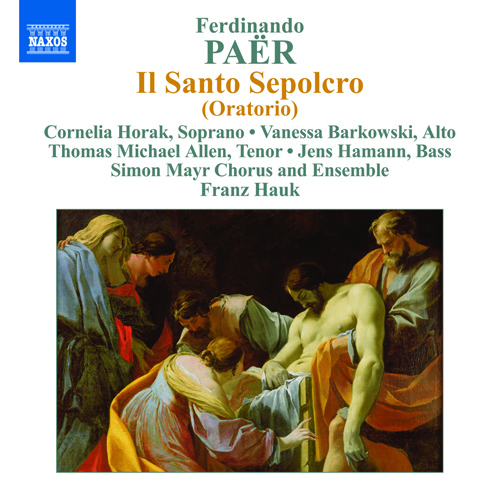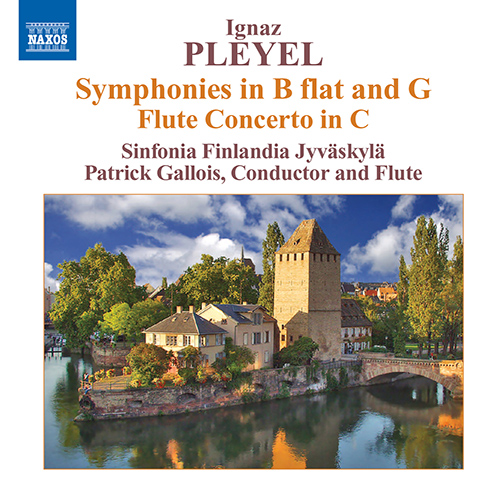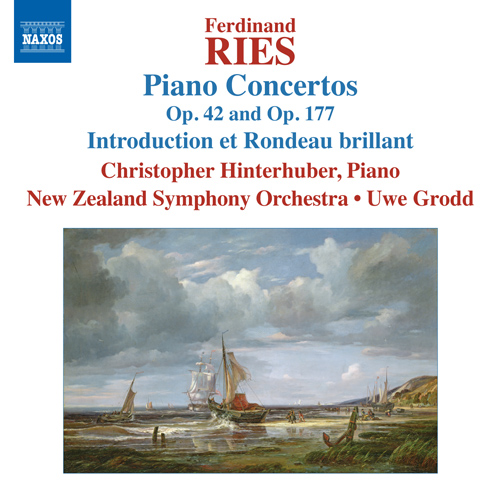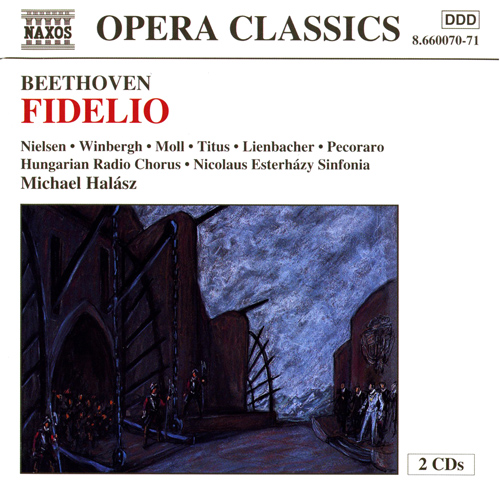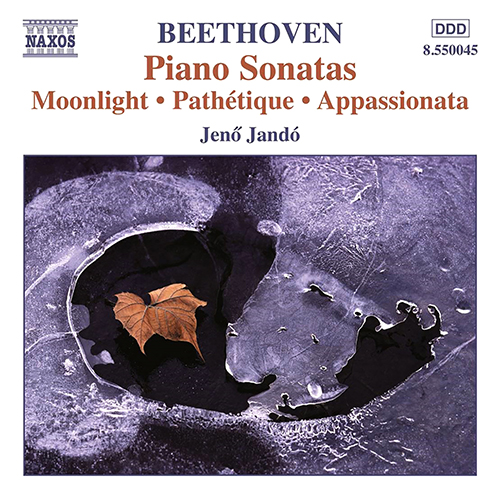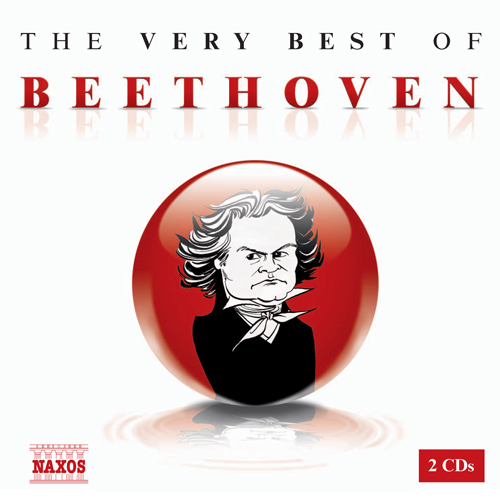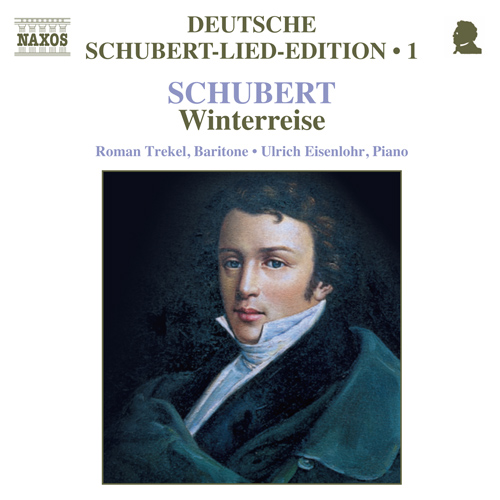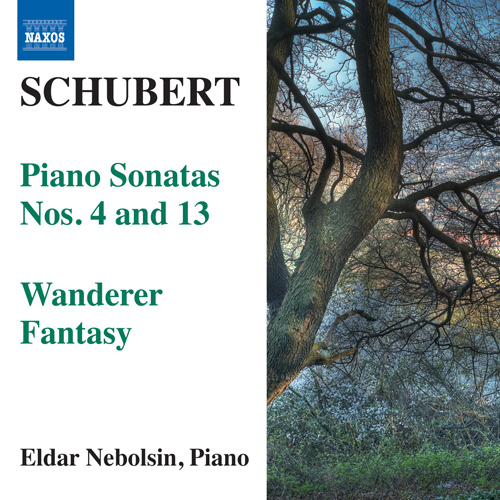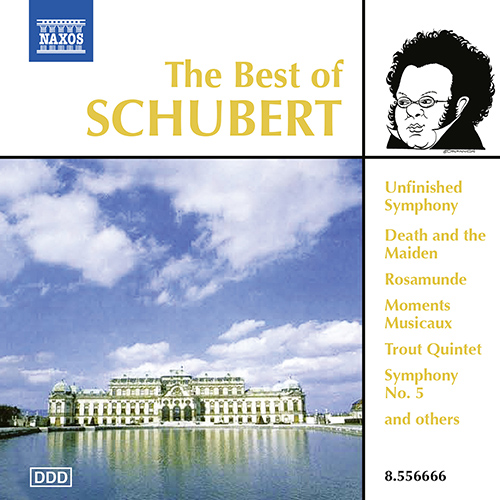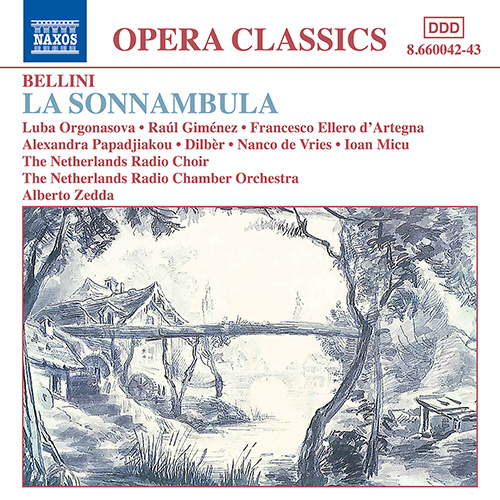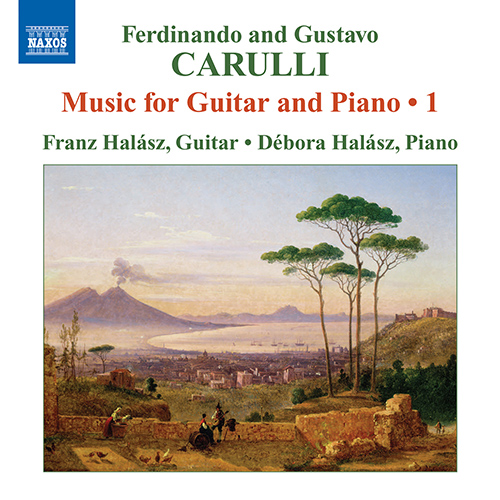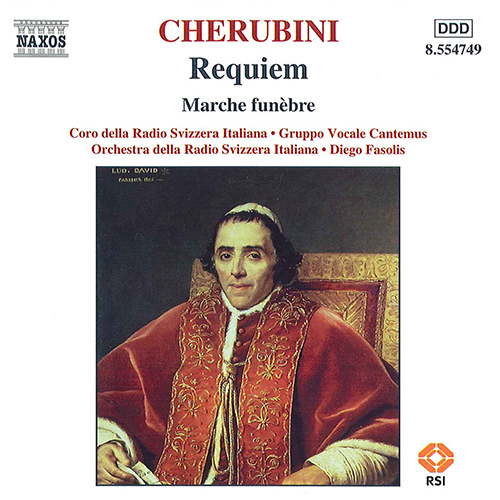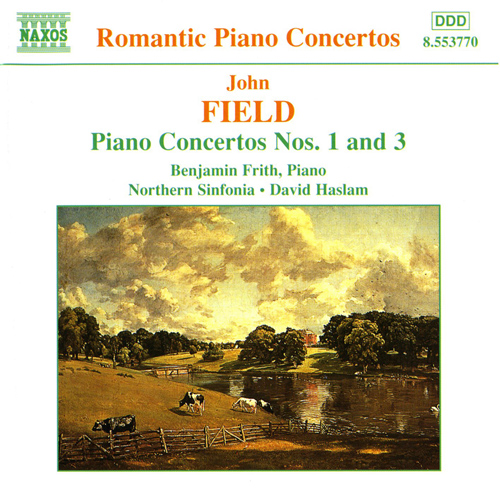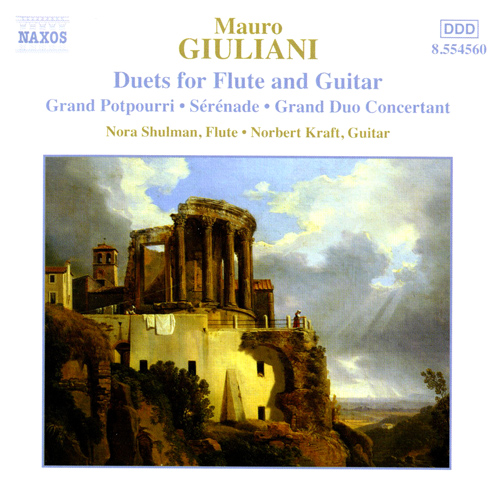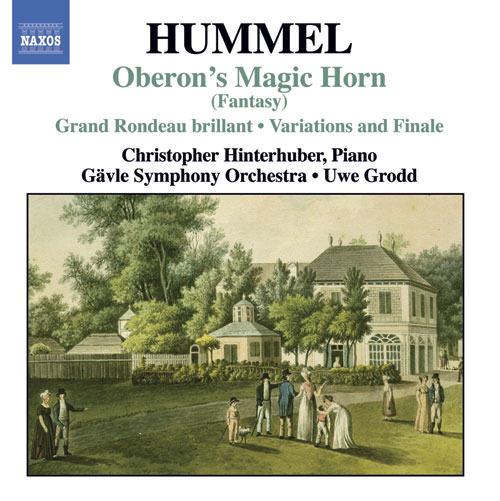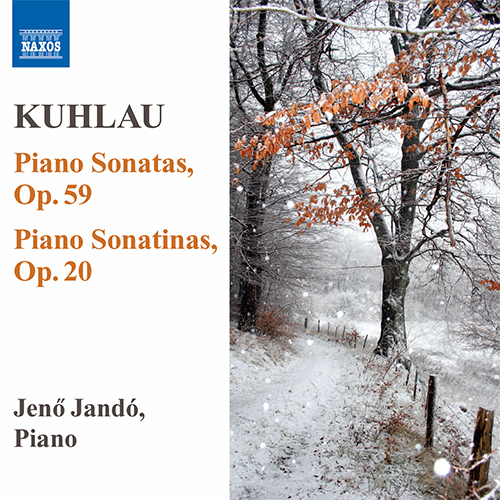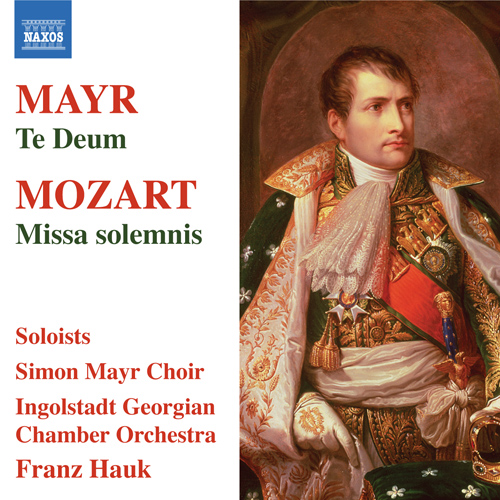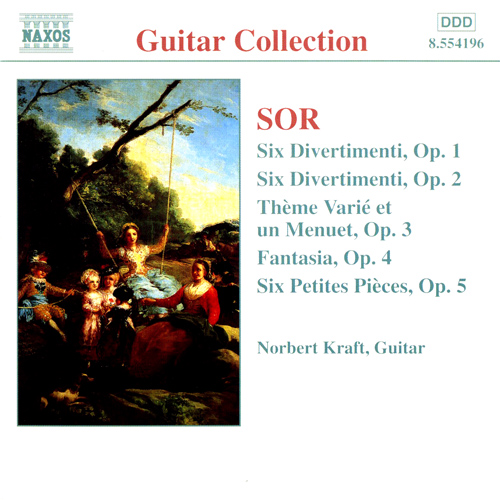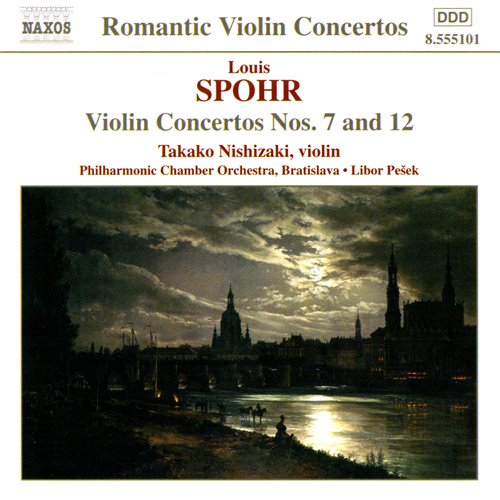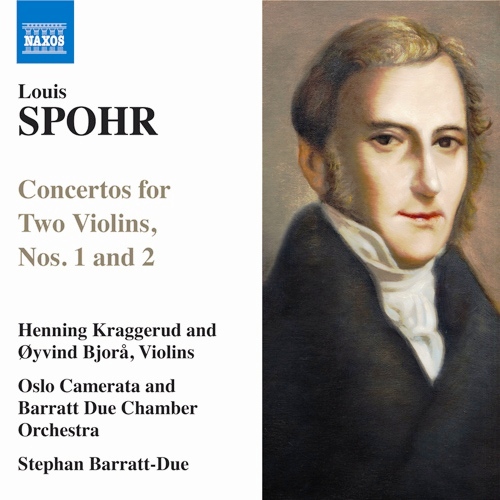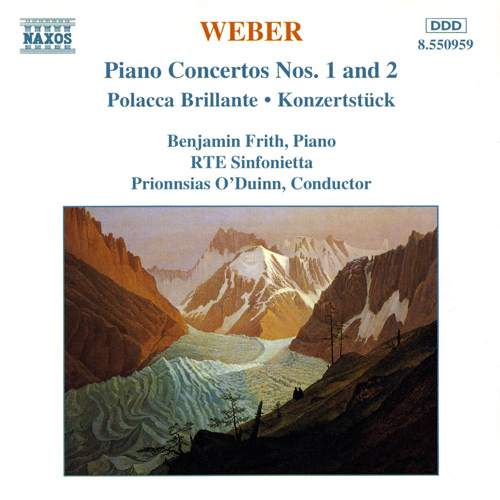We tend to think of the giants of classical music in isolation, but closer examination shows how a continuum of influences and social ties connects our favourites to composers we might have yet to discover. The piano sonatas of Muzio Clementi, for instance, had a great influence on the young Beethoven, and Johann Nepomuk Hummel was his close friend for many years. Beethoven recognised the “divine spark” in Franz Schubert, who lived in Vienna when Beethoven’s popularity was at its height. Touring musicians such as Ferdinand Ries helped spread Beethoven’s music as well as their own, and violinist Louis Spohr’s romantic works take us from his meetings with Beethoven to the time of Wagner.
Our Beethoven, Schubert & Contemporaries segment catalogue continues in this powerful German tradition with greats such as Carl Maria von Weber, but exploring other countries brings rewards such as the elegant Spanish guitar music of Fernando Sor, an entire Italian line of classical masters such as Cherubini, Carulli and Giuliani, and notable innovators such as the Irishman John Field. Unearthing forgotten composers such as Johann Simon Mayr has revealed a further wealth of musical riches, proof if any were needed that novelty and freshness can be a part of any era in music.
Click on the cover image to view the PDF file of the segment catalogue.
Beethoven’s unusual cantata Der glorreiche Augenblick (The Glorious Moment) is filled with patriotic praise for Vienna and tributes to the kings and princes of Europe after the defeat of Napoleon. It was performed alongside his symphonic Wellington’s Victory at its première in 1814. The Fantasia in C minor for piano, chorus and orchestra opens with a virtuosic, improvisatory Adagio for the piano. The work’s main theme anticipates the famous Ode to Joy setting Beethoven later devised for his Choral Symphony.
Dedicated to his friend and pupil Archduke Rudolf, Beethoven’s expansive Archduke Trio is his greatest work in the genre, though increasing deafness meant it also signalled his final appearances as a performer. The cheerful Piano Trio in E flat major is an earlier work, though only discovered amongst the composer’s papers after his death, and the Kakadu Variations is another good humoured work based on a popular song of the day. With the American Record Guide “impressed with every recording”, Volumes 1 (8.557723), 2 (8.557724), 3 (8.570255) and 4 (8.570943) are also available.
Franz Schubert’s gift for songwriting transfers into the lyrical sensitivities in his instrumental music. Composed for himself and friends to play at musical evenings, the brilliant Rondo, D 608 shares the musical burden equally between the parts. The Sonata for Piano Duet, D 617 echoes the spirit of Mozart and was written for the daughters of Count Esterházy, the Six Grandes Marches et Trios having their place in the ballroom. Of these Nos 2 and 3 can be found in Vol 5 (8.570354), which was a Gramophone ‘Editor’s Choice’.
Schubert’s last two symphonies are ambitious in scale and brimming with striking ideas, though only two movements of the Symphony No 8 were finished and the score rediscovered and first performed 43 years after the composer’s death. The ‘Great’ C major Symphony marks the summit of Schubert’s achievement in the form, combining his unforgettable lyrical gift with the spirit of Beethoven. Michael Halász has been acclaimed for his “delightful performances” of Schubert. (Penguin Guide on 8.553094, Symphonies 3 and 6)
Muzio Clementi was revered as ‘the father of the pianoforte’. He was a virtuoso, composer and teacher whose publishing and piano manufacturing made him hugely wealthy. Gradus ad Parnassum, in three volumes and completed by 1826, consists of 100 incredibly demanding exercises designed to lead to musical and technical perfection. It remains one of the great compendiums in musical history. Prizewinning pianist Alessandro Marangoni continues his critically acclaimed survey in this third of four volumes.
Muzio Clementi occupies a unique place in the history of the piano, with his myriad sonatas pushing the traditional classical boundaries of the form, his publishing company and piano manufacturing firm prospering both in England and on the Continent, and his famed virtuosity astonishing all who heard him. Remembered as the first of the great piano virtuosos, Clementi condensed his years of composition and performance into the monumental, three-volume Gradus ad Parnassum, a repository of stylistically diverse pieces designed to demonstrate utmost technical mastery of the instrument. This is the last disc in Alessandro Marangoni’s highly acclaimed four single disc survey. Exercises Nos 1–24 (Volume 1) can be heard on 8.572325, Nos 25–41 (Volume 2) on 8.572326, and Nos 42–50 (Volume 2), coupled with Nos 51–65 (Volume 3), on 8.572327.
Though revered as ‘the father of Italian opera’, Simon Mayr also wrote large-scale instrumental and orchestral music. His 1820 Concerto in D minor has an ingenious trick up its sleeve: it introduces each of the four soloists in turn with the flute, for example, soloing in the first movement and the clarinet in the second. This elegant, lyrical work hints at Beethoven but also at folklore in a winning way. The assured Keyboard Concerto reveals the influence of Haydn on the German-born Mayr whilst the Trio Concertante is imbued with Mayr’s vivid operatic impulses.
Influential, popular and prolific in his day, Bavarian born Simon Mayr left his mark in providing a bridge between Northern classicism and the bel canto of Italy, his adopted country of residence. The oratorio Samuele deals with the calling of Samuel as a prophet, and was written in 1821 for the consecration of Pietro Mola as Bishop of Bergamo. Mayr set his oratorio to the Poesia of one of his pupils, Bartolomeo Merelli, the collaboration resulting in a fascinating work which combines theology with dramatic innovation such as the use of ‘melodrama’ or spoken text.
Together with Johann Simon Mayr, Ferdinando Paër counts as one of the most important opera composers of his day, and he was unable to resist filling his oratorio on Christ’s Passion, Il Santo Sepolcro with expressive extremes. Pain and grief contrast with joy and hope, and scenes including the terrible hours of the crucifixion, frenzy of the crowd, resurrection and Last Judgment are given potently descriptive music. Originally a prelude to Haydn’s Seven Last Words, Mayr’s Invito is a call to hear Paër’s incomparable narrative.
During his long and energetic life, Ignaz Joseph Pleyel distinguished himself as a composer, publisher and piano manufacturer. His versatility, one of the keys to his survival in the turbulent years of the French Revolution, is also to be found in abundance in his vast musical output. This recording features two scintillating symphonies and Pleyel’s only authentic concerto for flute; all three works amply illustrate the reason why he achieved such an unprecedented level of popularity in the last two decades of the 18th Century.
The fourteen works for piano and orchestra of Ferdinand Ries stand alongside those of Hummel as the finest and most important of their kind from the early decades of the 19th century. Intensely lyrical and yet displaying at times a rugged Beethovenian grandeur, Ries’s eight concertos are works of impressive musical stature. In this fifth and final recording we encounter the first and last of his published concertos and the virtuosic Rondeau brillant, Op 144. “Sparkling performances…the recording is first rate.” (Penguin Guide on Vol 3, 8.570440).

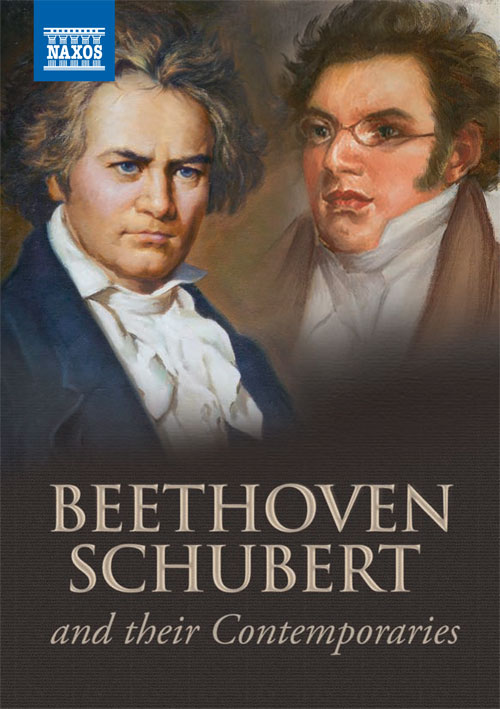
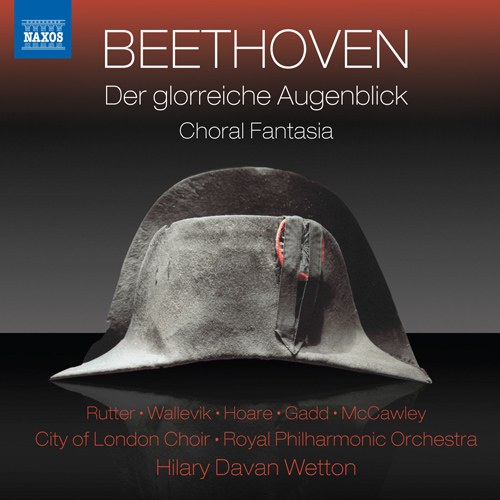
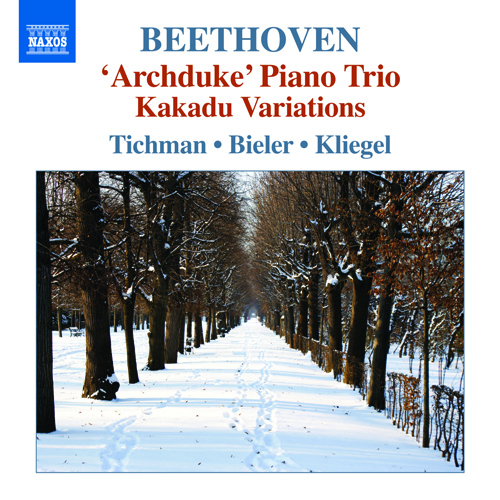
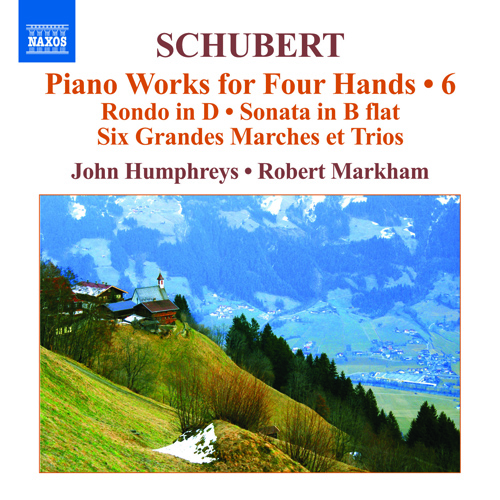
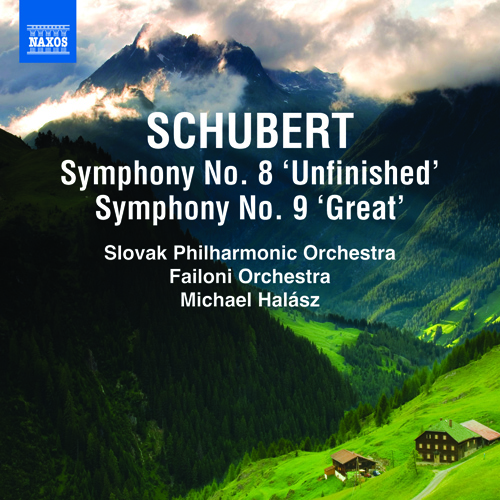
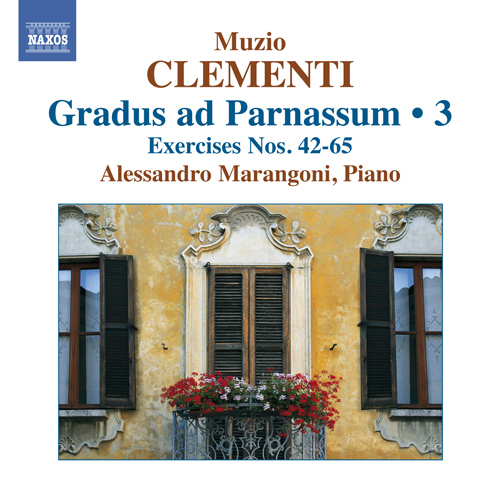
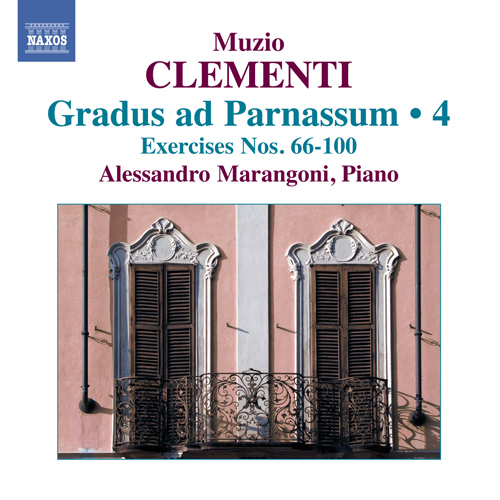
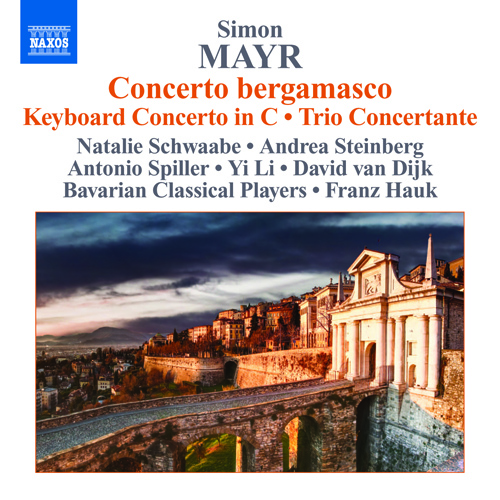
![MAYR, J.S.: Samuele [Oratorio] MAYR, J.S.: Samuele [Oratorio]](../../../sharedfiles/images/cds/hires/8.572721-22.jpg)
